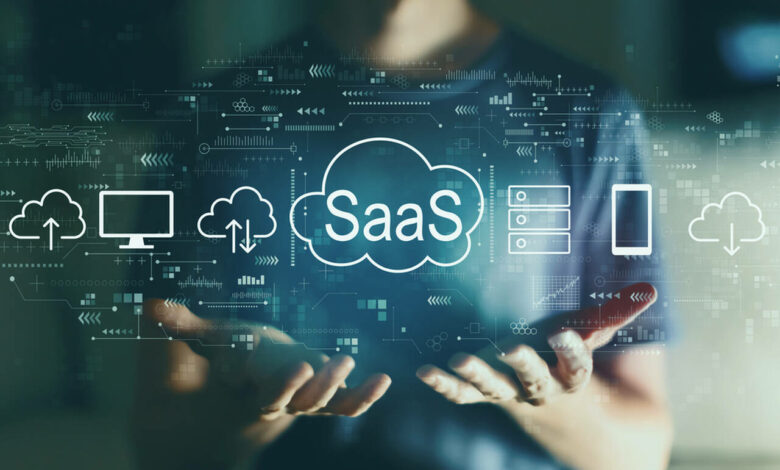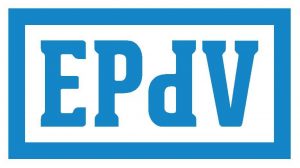Revenue Recognition Challenges in B2B SaaS & How to Overcome
Discover the common revenue recognition challenges in B2B SaaS and learn actionable strategies to overcome them. Ensure accurate financials with this guide

Revenue recognition is a crucial aspect of accounting in B2B SaaS. However, this process can get complex due to factors like pricing plans, subscription models, and more.
Unlike traditional businesses, B2B Saas companies need to navigate recurring revenue streams, customer churn, and more. Making mistakes with this can lead to inaccuracies in financial reporting and compliance issues.
To avoid this, I’ll explain five major revenue recognition challenges in this guide and how you can overcome them.
Ready to get started?
Five Revenue Challenges in B2B SaaS and How to Overcome Them
Here are the key revenue challenges you will likely face when running a B2B SaaS business. I’ll also explain five actionable steps to overcoming them.
1. Complex Subscription Models
The subscription models in B2B SaaS businesses are often complex, with varying subscription models, pricing tiers, and usage-based pricing. The result? It makes revenue recognition more difficult.
Complex subscription models make it possible to misinterpret contract terms. Also, you may fail to account for the changes in contract value, resulting in revenue recognition errors. These ultimately affect financial compliance and transparency.
As explored in the Younium guide, automated subscription billing and revenue recognition software solve this issue. It breaks down complex contracts into easily identifiable performance obligations. Separate the services and products in each contract and allocate the transaction price based on the individual selling price.
2. Deferred Revenue
Another major revenue recognition challenge is deferred revenue, also known as unearned revenue. In some cases, there are payments received for services you haven’t delivered yet.
This usually happens in B2B SaaS with prepaid contracts or multi-year contracts. Handling deferred revenue improperly can result in a false sense of profitability due to the overstated revenue.
Fortunately, as explored in the Attrock recurring billing software guide, automatic recurring billing tools can create an effective process for accurately monitoring deferred revenue and recognizing the revenue from delivered services.
Also, ensure your financial team regularly audits your accounts for accuracy. Also, they should be well-equipped to manage deferred revenue.
3. Customer Churn and Contract Modifications
B2B SaaS businesses often face situations where customers cancel their subscriptions halfway into the contract. They may also modify their contracts, adding extra services or removing services for reduced costs.
Both situations affect accuracy and timing in revenue recognition. Customer churn can lead to compliance challenges if you don’t handle them correctly.
To avoid and resolve this, ensure you set clear guidelines for recognizing revenue during contract changes or contract cancellations.
When customers modify SaaS contracts, you should decide if it counts as an amendment or a new contract during revenue recognition.
If you record it as a new contract, then you should allocate the due transaction price. For contract cancellations, modify the deferred and recognized revenue.
4. Multiple Accounting Standards
For B2B businesses operating in various regions, there’s the challenge of how to comply with various accounting standards. Some financial regulations may include different revenue recognition requirements.
The SmallBusinessHQ Xero alternative guide explored accounting software like Xero can help you record data according to accounting regulations. Also, ensure you need to integrate these tools with your revenue recognition tools to re.
You can use accounting software that can handle various financial compliance needs and also create dual reporting capabilities.
5. Multi-Element Arrangements
Services such as software licenses, modules, or training services may be bundled. Revenue recognition thus becomes challenging due to the multi-element arrangements.
There may be different revenue recognition timelines for each element, and if you get the allocation wrong, it can lead to major financial compliance issues.
To overcome this, identify the individual or standalone selling prices for all elements in bundled services. Ensure that each element reflects the right transaction price. After delivering each element, recognize this revenue.
Using automated systems makes this easier as they can handle complex multi-element arrangements and ensure consistency in revenue recognition.
Final Thoughts
Revenue recognition in B2B SaaS can be challenging, due to the factors I’ve explained in this post. However, with the right practices, such as breaking down complex contracts and setting clear guidelines, you can ensure financially accurate and compliant reporting.
Don’t forget to use specialized software for automation, in addition to the tips explained in this article. With time, you’ll see your revenue recognition process run smoothly.




